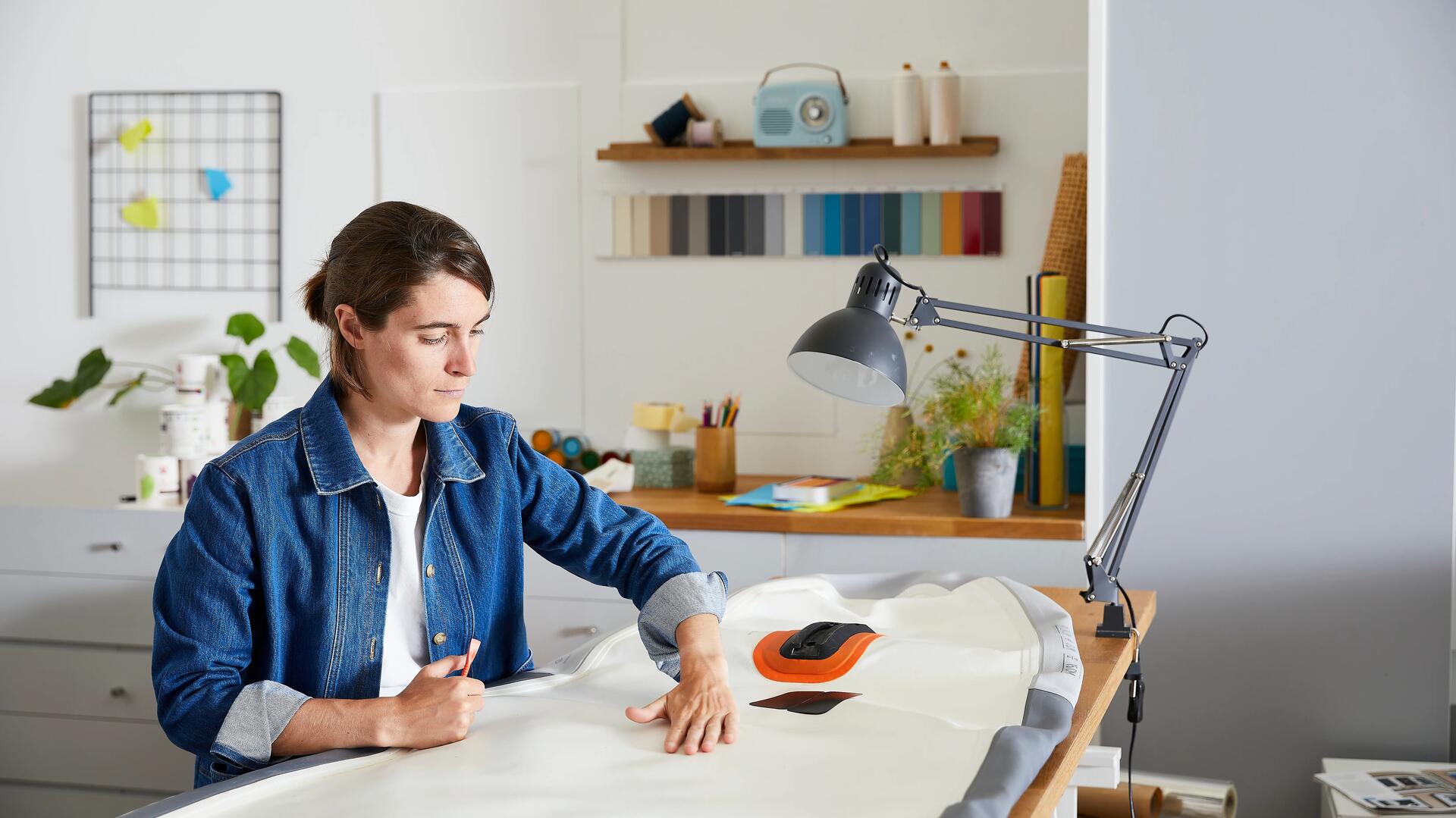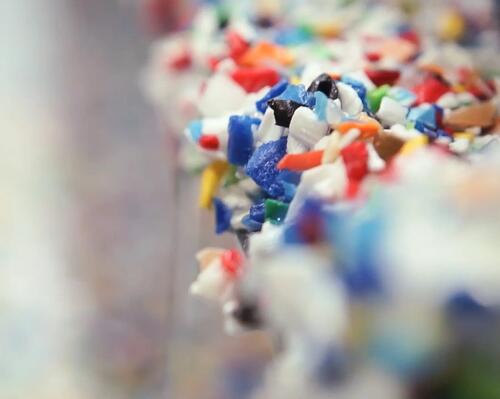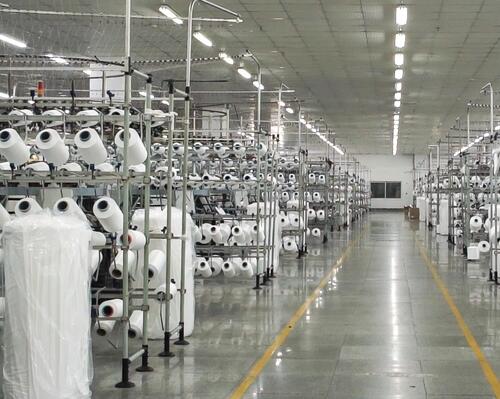Repairability: a win-win system
There are literally nothing but advantages to (re)starting to repair the objects that populate our daily lives.
Repairing obviously saves money. Instead of buying a new product, the consumer reinvests a smaller sum to obtain, in the end, an identical service (the use of the product). Simple and effective!
Repairing a product is also better for the environment: one repaired item means one less item to produce. And less waste to process. That's just as much electricity, water, fuel and raw materials saved... So you can significantly reduce your ecological footprint.
For manufacturers, repairability also has its virtues: as well as reducing their own environmental footprint, it allows them to avoid costs that are avoidable, such as those generated by replacing broken or faulty products. It makes more economic sense to replace the faulty zip on a bag than the whole bag.
As far as the community is concerned, we can add that repair practices help to create and/or strengthen social ties. Fablabs, repair cafés, in-store repair workshops... there are a growing number of dedicated venues in France, offering opportunities to meet up, share know-how and collaborative solutions.
Finally, for the economy, repairability means the creation of local industries and jobs that can't be relocated. After all, it's easier to repair your bike or the zip on your handbag just around the corner than on the other side of the world...
With repairability, on the other hand, we are following a virtuous and sober logic, that of the circular economy. Or how to get out of the linear pattern of produce > consume > throw away to come back to dynamics that are economical in resources and raw materials: produce > use > repair (or recycle) > reuse.






